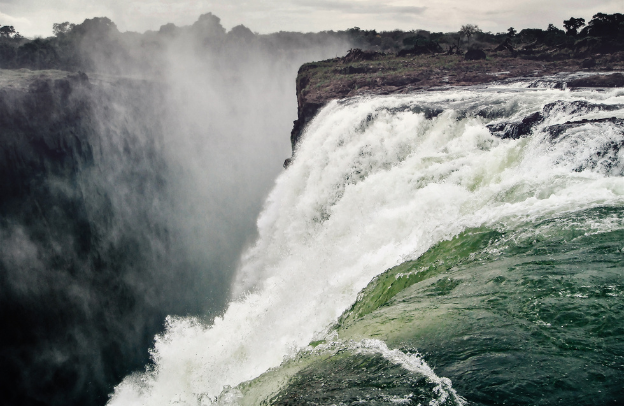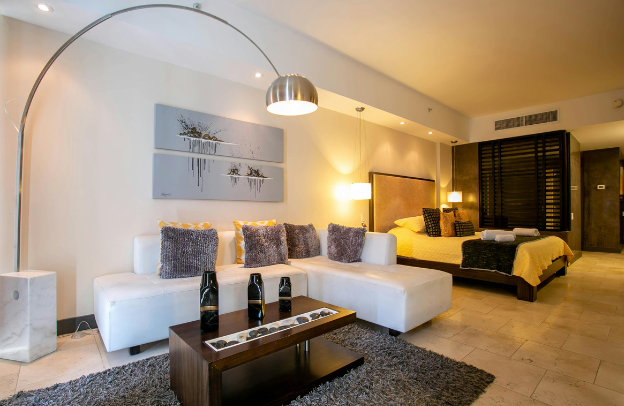Palermo Top Visits: History and Tourism in Palermo, Italy
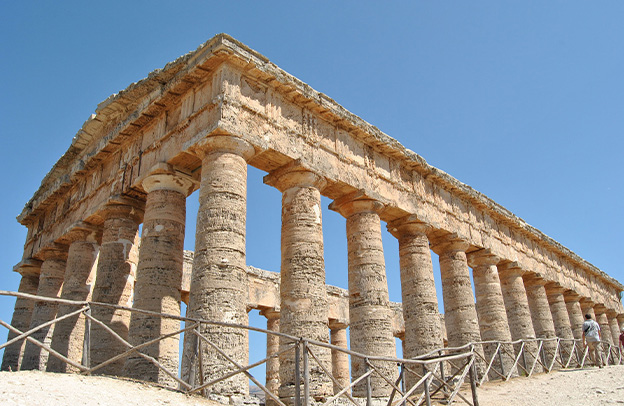
Are you planning for your first visit to Italy? Palermo can be a great option. The city of Palermo is one of the top Italian destinations for tourists. Palermo is considered the cultural and political base of Sicily. Its history of being dominated by different empires culminated in Palermo as Sicily’s social, economic, and cultural home. Get our free Travel Checklist
Having background knowledge of a place you want to visit will lighten up your mind about the place and give you instances of where you should visit in the city.
In this article, we will share a snippet of the history of Palermo with you and why you might consider visiting the city even if it’s your first time.
The Growth of The City – A Brief History
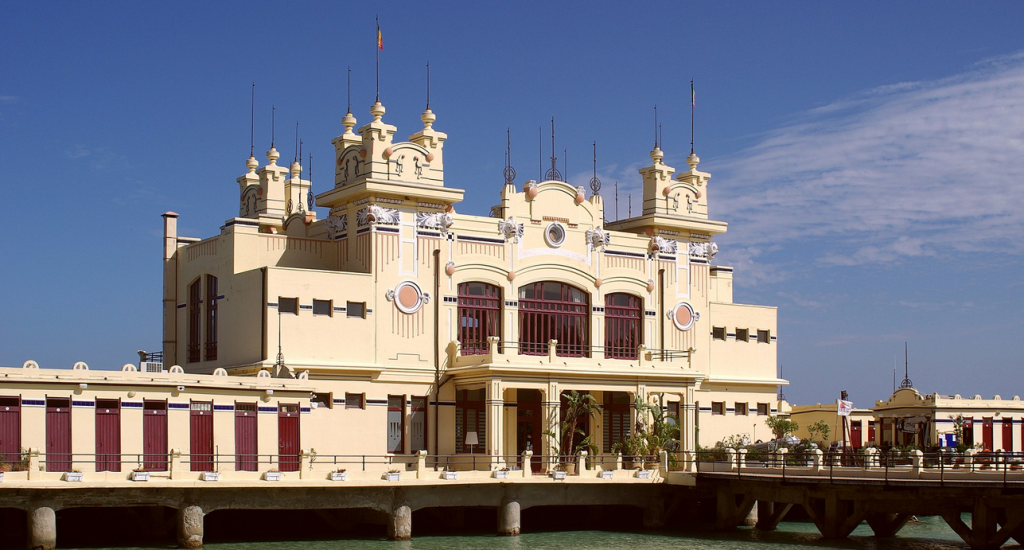
Palermo is a significant city on the autonomous island of Sicily. It lies between the Monreale and Billiemi hills along the Tyrrhenian Sea.
Inhabitation of the area dates back to the 7th century BC by the Phoenician merchants who traded along the coast.
Initially, the Phoenicians called the area Zyz, meaning a “flower” because the spot looks more like a flower cut by the Kemonia and Papireto rivers.
People flung the region following the inhabitation of the Phoenicians due to its favorable climate and fertile land that helped in growing crops.
The area’s name remained Zyz until most Greeks settled in the region and had the name change to Panormos, meaning “all port” consequent to its natural harbor surrounded by the two rivers.
The Phoenicians maintained their stronghold of the area till the era of the Punic war that was fought between (264 BC and 241 BC). The Romans, of course, emerged victorious from the battle and therefore took over.
The triumph of the Romans ensured the confiscation of Panormos from the Phoenicians in 258 BC.
The control of the city by the Romans ushered in a decline in the city’s economy with very few developmental initiatives in the area.
It was not until AD 535, when Belisarius the Byzantine general conquered the city from the Ostrogoths at the Gothic war, that a sprinkle of progress ensued.
The Arabs, during their era of conquest, besieged the city in 831 AD and occupied its corridor of power. However, their dominion in the city warranted trade development, which ramped up its economy.
The few years of occupation of the Arabs caused no religious turbulence as it allowed freedom of religion. Unlike today, the Jews, Muslims, and Christians in the city cohabited harmoniously.
The Arabs built many mosques, buildings, fountains, some of which the Normans didn’t alter during their control in the city.
The Arabs greatly influenced Palermo city and the region of Sicily as most of its traditional cuisine is made with Arab staples such as sugar, spices, etc. These influences still surface in the region today.
Later on, the Norman Christians conquered the city from the Arabs in AD 1072. Their occupation of the city contributed to its economic growth.
However, the occupation of Palermo by the Arabs and Normans led to a muddle up of the city’s architectural style, which is still evident in the city today. At the Norman control of the city, they reconverted the mosques the Arab built to churches.
A good example of such a building is the Royal Palace which has Palatine chapel; the building is a blend of Arab-Norman architecture style.
Palermo was again swept under the control of the German Hohenstaufen dynasty in AD 1194 and prospered under the government of Frederick II. However, his successors did little to accelerate the city’s economy.
Subsequently, Palermo fell under Aragonese rule for a short while before the Spaniards annexed the city.
Trade and commerce in the city
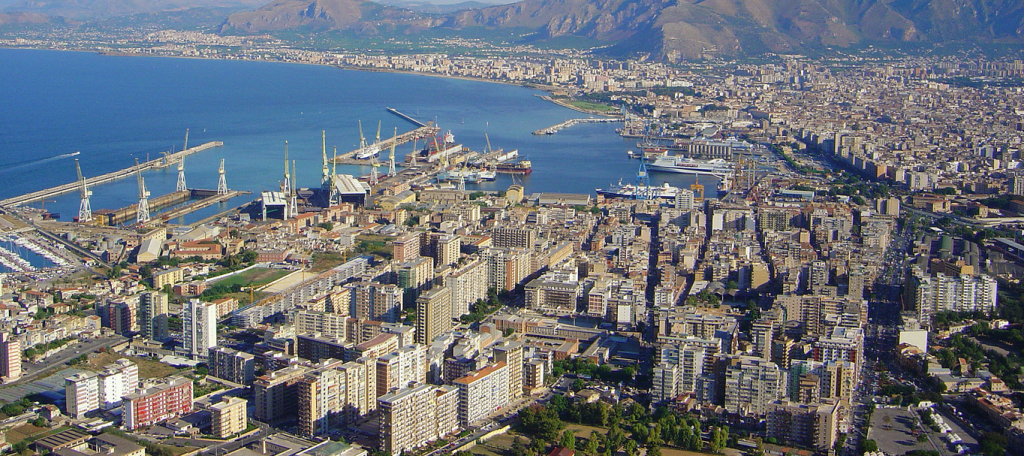
Palermo’s economy decayed under the control of the Spanish in the city until it was captured and joined in united Italy in 1861. The Italian control of Palermo saw the construction of many buildings and villas that attracted people to the city. Furthermore, Palermo’s economy accelerated in the 20th century like never before.
Although Palermo was severely affected by the bombardment of World War II as most of its landmarks were ravaged, those monuments were retrieved with the reconstruction of these sites.
Recently, the city’s economy is in a surge as its travel and service industry bloomed consequent to the number of tourists that visit the city’s important landmarks. Palermo is also recognized as UNESCO World Heritage Site.
Concluding note on History And Tourism In Palermo, Italy
Palermo, Sicily is one of the most strategic islands in the world‚ lying directly in the middle of the Mediterranean Sea. It has been coveted by many different civilizations over time.
All of these invaders left their marks on monuments, streets, and neighborhoods. To better understand this, observe the Sicilian lifestyle very well – the architectural styles, in the local dishes, and even the Sicilian language.
Whether you are a pro or a beginner traveler, Palermo is surely a place to be on your Italian holiday.
If you find any value in this post, share also with your friends who might need it. Get our Free Travel Checklist for your next trip.




